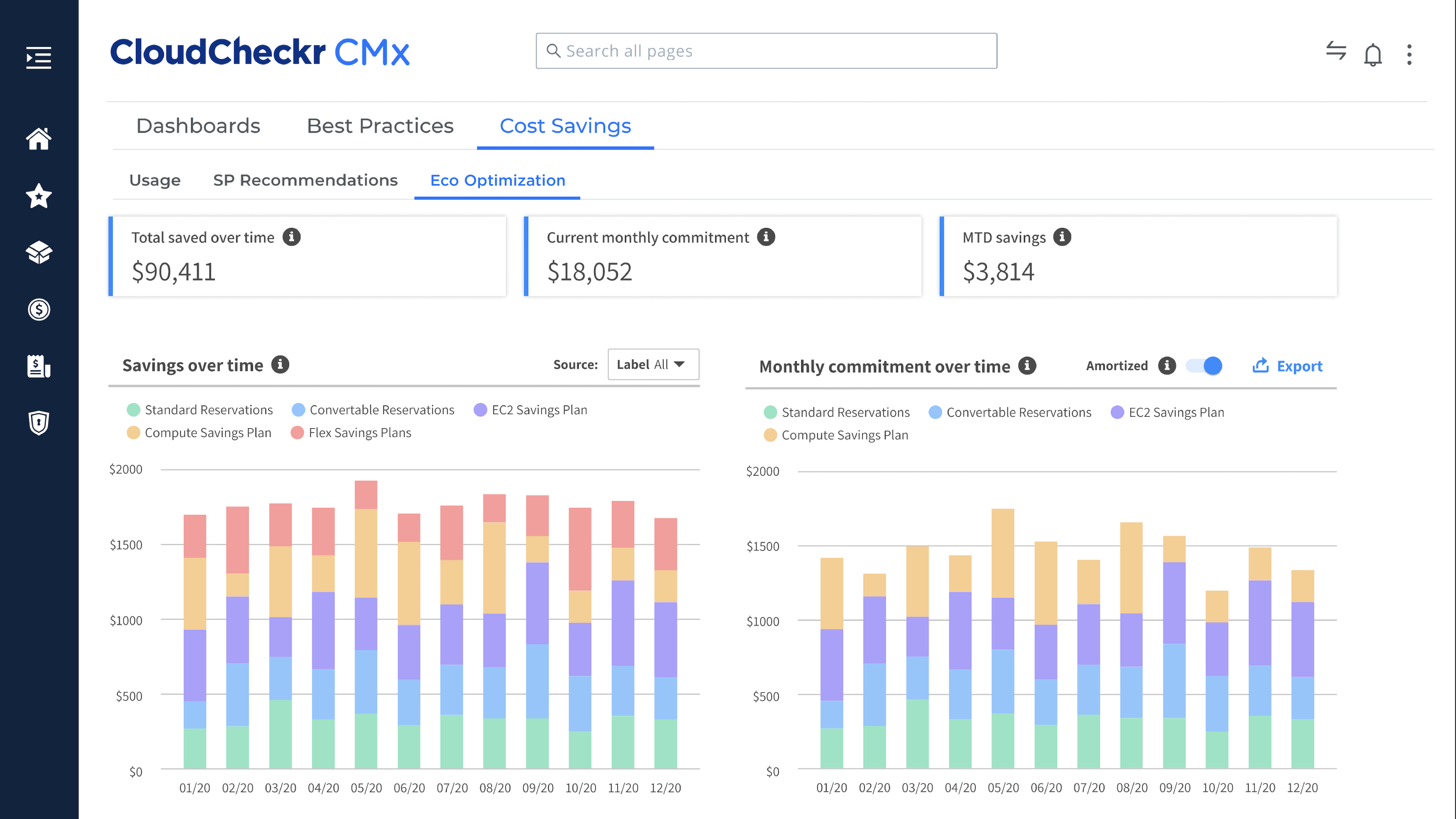How to Spend Less in the Cloud and Boost ROI
Cost — and the desire to reduce it — is a large factor in cloud operations. Cloud providers like Amazon Web Services (AWS) and Microsoft Azure have pricing models that often present enormous savings relative to the cost of building and maintaining data centers. However, the metered pricing model, the proliferation of resource choices, and the overall complexity also means significant savings can be lost if users are not careful with their usage. That, in turn, means that organizations perceive lower cloud return on investment (ROI).
Fortunately, there are ways to boost ROI and get more out of your cloud budget. With that in mind, here are seven tips to help you avoid common errors, reduce costs, and improve your cloud return on investment:
1. Purchase resources wisely
On-demand pricing provides flexibility in the way you manage your cloud. However, it’s not the only way to purchase instances and other compute resources. AWS, Azure, and Google Cloud all offer various committed use discounts and purchase plans that can help you save money and see greater cloud return on investment.
Reserved Instances
Purchasing Reserved Instances (RIs) in AWS or Reserved VM Instances in Azure is a common way to reduce your overall cloud bill. With RIs, you make a financial commitment over one or three years, with a discount of up to 72% when compared to on-demand pricing.
Spot Instances
AWS Spot Instances and Spot VMs in Azure and Google Cloud are another way to save money on cloud computing costs, often by as much as 90%. However, availability for Spot Instances can vary widely, so these are not always a reliable choice for workloads that can’t be interrupted.
Savings Plans
AWS also offers Savings Plans, which charge you dollars per hour rather than a single credit, as with RIs. Like RI commitments, Savings Plans are also available for purchase for one- or three-year periods.
2. Properly size instances
When it comes to the cloud, do not simply accept the defaults. You need to have a clear understanding of which instance types will work best for you. In other words, you’ll need a clear picture of how much compute and memory a specific application uses to plan accordingly.
Once you have that information, review your needs and choose the appropriate instance size. It may be large, but it may also be a medium, small, or even micro.
To right size instances and other cloud resources, you may need other tools in place. Rather than sizing for peak demand, use the elasticity of the cloud to work for you through autoscaling. Cloud cost optimization tools automatically provide instance sizing recommendations and can match workloads to more suitable alternatives in other instance families.
Automatically Optimize RIs and Savings Plans
Spot Eco, now integrated within CloudCheckr, continually optimizes Reserved Instance and Savings Plan commitment portfolios to achieve the best pricing for cloud services.
Download the Datasheet

3. Discard idle instances, old snapshots, unused elastic IPs, and other dormant resources
You pay for the cloud resources you order whether you’re using them or not. As a result, it’s easy to provision something one day and forget about it later. Uncontrolled ordering of instances and other on-demand services can lead to massive bills. Using cloud management tools can help identify inactive and unhealthy resources and either automatically remove them or flag them for manual review.
Also delete (as appropriate) unassociated EBS snapshots. Although individually each of these items costs little, in total they combine to create large expenses. Track these resources so that they are not “lost in the shuffle.”
4. Optimize storage
Just as you can right size and scale instances, you should do the same with the storage solutions you choose. Pay attention to your storage, what you have, and where/how you are storing it.
One way to do this is to weigh the frequency and speed with which you’ll need to retrieve your data. If you’re using standard S3 buckets for archival storage, for example, then you might benefit from moving that data to “cold” storage options like Glacier. Object expiration and transitions to RRS and Glacier can significantly reduce your S3 and storage-related costs.
5. Keep your eye on data transfer charges
Transferring data to the cloud is generally free, but transferring it from the cloud may cost you. Outbound transfer charges can vary depending upon region. Balance cost and proximity to users or customers when determining where you should host your data.
To avoid unnecessary charges, try grouping resources within regions. Keep an accurate resource inventory of not only ‘what’ but also ‘where’ so that you are not wasting money on data transfer.
6. Manage your deployment by monitoring and reviewing resource usage
Oftentimes, a lack of visibility into your cloud can lead to sprawling provisioned services. This makes it difficult to catch idle and unused resources before they drive up costs.
Remain vigilant to ensure that you are actually using the resources you are buying. In the data center environment, it did not matter if dormant resources were left “turned on.” In AWS, it does. All resources are metered and it is critical to make sure that unused ones are turned off.
7. Use services that support your cloud cost optimization
For some tasks, you can use AWS support services. These include Elastic Block Store (ELB) and pay as you go services such as SES and SQS instead of using dedicated EC2 instances. In many cases, the hourly cost of EC2 is far greater than the pay-as-you-go usage charges. Track your costs and determine if this strategy is effective for your usage patterns.
A cloud management platform can also help you manage these day-to-day tasks to reduce costs, prevent resource sprawl, and make the best purchasing decisions. CloudCheckr CMx gives you the visibility and intelligence you need to successfully optimize cloud costs and make sure that you’re getting the most out of your cloud budget.
Ready to reclaim your cloud return on investment?
A full 61% of cloud practitioners admit they do not do a good job managing cloud usage and costs. In our eBook, we teach you how to improve your cloud ROI through better cloud management. Download the eBook to learn more.
Reclaim Your Cloud Budget
Learn how to bolster cloud return on investment with effective cost monitoring, optimization, and automation.
Download the eBook

Cloud Resources Delivered
Get free cloud resources delivered to your inbox. Sign up for our newsletter.
Cloud Resources Delivered
Subscribe to our newsletter
